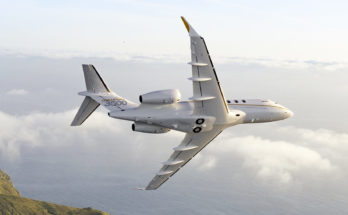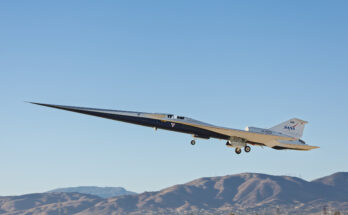by Larry Dickerson, Unmanned Vehicles Analyst, Forecast International.
Despite the recent fascination with unmanned air vehicles, the market for commercial UAVs has been around for a long time.
Anyone who has walked through a mall has seen someone demonstrating a small remotely controlled helicopter. These UAVs are very simple and relatively inexpensive, but are part of product lines that offer far more sophisticated systems.
Hobbyists have flown remotely controlled helicopters for decades. Sales of these hobbyist UAVs are in the millions. Three companies dominate this market segment: DJI of China, 3D Robotics of the United States, and Parrot of France. These companies will sell more than 1 million platforms in 2015 alone.
These firms are best positioned to take advantage of growing demand for commercial UAVs beyond the hobbyist sector. Most of the early customers for commercial UAVs will have no need for a system as sophisticated as a Reaper or Fire Scout.
Initial demand for commercial UAVs could be strongest in the agricultural sector. Unmanned aircraft have been supporting agriculture in Japan and other Asian nations for more than 15 years. Now, farmers in North America and Europe are taking notice. These UAVs will help farmers to monitor their crops, allowing better use of fertilizers and water.
Other applications include property surveying, environmental monitoring, pipeline and powerline inspection, and newscast support, along with university research.

Some reports claim that 30,000-50,000 commercial UAVs will be flying in U.S. civilian airspace by 2020. These UAVs would join over 7,000 commercial aircraft (airliners, cargo and regional carriers) and more than 200,000 general aviation aircraft in the United States. To meet these figures, the civil UAV segment would have to see explosive growth once these UAVs are allowed into the national airspace. However, the customers indicated for these UAVs may not be numerous enough to support this anticipated growth.
If other commercial groups and state governments enthusiastically pursue the acquisition of UAVs, the mentioned figures could be attainable. The question is, how likely is that to happen?
Furthermore, many of these groups and organizations will likely acquire man-portable or mini-UAVs, rather than medium-altitude, long-endurance (MALE) systems. This could keep the initial value of this market low despite high annual production volumes.
Should other areas of the world also aggressively pursue the acquisition of civil UAVs, production and value figures “might” fall near certain optimistic estimates currently circulating in the media. But again, there is doubt that such large purchases will occur.
Nevertheless, this market will see growth in the future and now is the time to get involved.
A military history enthusiast, Richard began at Forecast International as editor of the World Weapons Weekly newsletter. As the Internet grew in importance as a research tool, he helped design the company's Forecast Intelligence Center and currently coordinates the EMarket Alert newsletters for clients. Richard also manages social media efforts, including two new blogs: Defense & Security Monitor, covering defense systems and international issues, and Flight Plan, which focuses on commercial aviation and space systems. For over 30 years, Richard has authored the Defense & Aerospace Companies, Volume I (North America) and Volume II (International) services. The two books provide detailed data on major aerospace and defense contractors. He also edits the International Contractors service, a database that tracks all the contractors involved in the programs covered in the FI library. More recently he was appointed Manager, Information Services Group (ISG), a new unit that encompasses developing outbound content for both Forecast International and Military Periscope.



